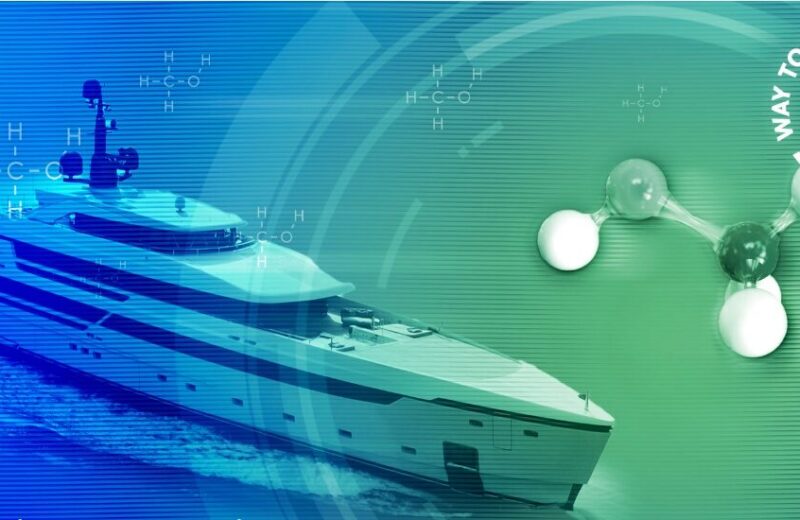Sanlorenzo and Rolls-Royce to build ‘green-methanol’ superyacht

Italian yacht builder Sanlorenzo and Rolls-Royce have signed an agreement to build a superyacht with a methanol engine propulsion system using “green methanol”. Powered by two methanol-fuelled engines, the San Lorenzo yacht is expected to be delivered in 2026.
The agreement was announced during the Cannes Yachting Festival and is part of Sanlorenzo’s ‘Road to 2030’ sustainability plan.
Massimo Perotti, executive chairman and CEO, Sanlorenzo, said: “Thanks to the marine use of methanol as a fuel for combustion engines, which allows carbon-neutral powerful propulsion, Sanlorenzo will be able to give the true answer to the demand for sustainability in the yachting sector.”
Green methanol is produced using solar or wind power. Hydrogen is collected and synthesised using carbon and oxygen captured from the atmosphere. Carbon Dioxide (CO2) is released into the air during combustion, although the companies claim no more is released than was adsorbed during the production of the fuel and therefore making it carbon neutral.
Denise Kurtulus, vice president of Global Marine, Rolls-Royce Power Systems said: “Synthetic methanol, produced using electricity generated from renewable sources, is the obvious fuel of the future for many maritime applications – not least yacht propulsion.”
The methanol engine will be based on Rolls-Royce’s MTU brand’s Series 4000 engines. “Our many years of experience and our extensive expertise in mobile and stationary gas engines will give us a head start in development,” said Otto Preiss, chief operating officer and chief technology officer, Rolls-Royce Power Systems.
Rolls-Royce said that methanol’s energy density is around 50% below that of diesel. That means the fuel tanks will need to be about twice as big in order to give the vessel the same range as a yacht using diesel propulsion.
The developers of the project expect the power output of a methanol propulsion system to be about one-third less than that of a diesel system of the same size.
“In reality, that isn’t terribly important,” said Kurtulus. “This is because larger, heavier engines are more likely to be installed in large yachts of 40m to 50m [131-164ft] in length than in smaller vessels. Yacht owners who want to be climate-friendly and go easy on the environment aren’t generally looking to wring out the last ounce of power.”
The partnership complements San Lorenzo’s previous agreement with Siemens Energy for the use of hydrogen fuel cells on board for yachts between 24m and 80m signed in 2021.
Pictured below: Massimo Perotti (left) and Gianluca Bononi (right) seal the deal.


